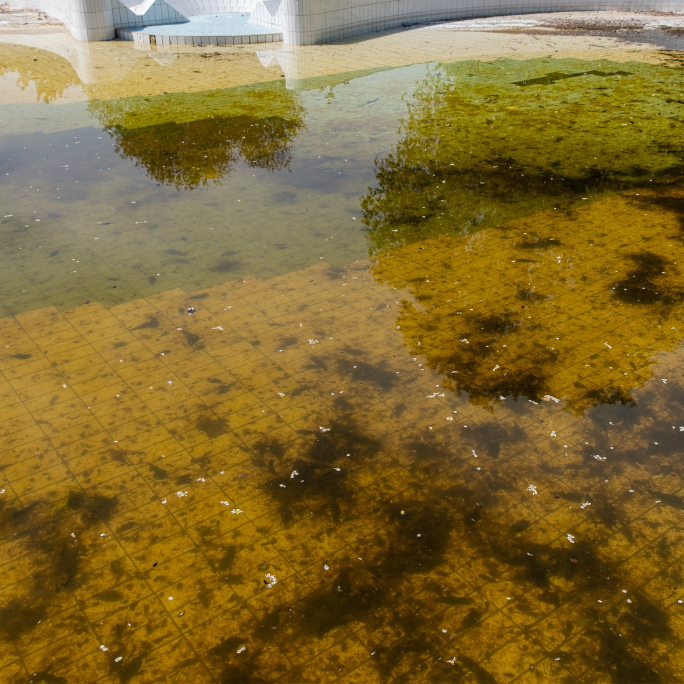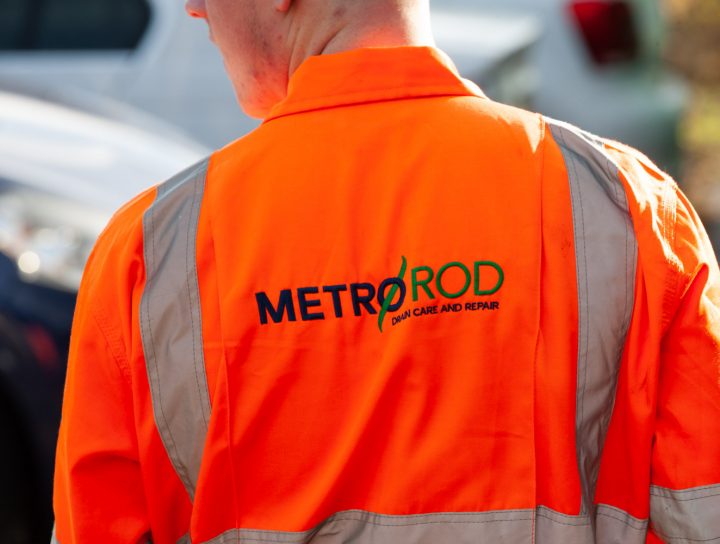Dealing with Stagnant Water: Risks, Solutions, and How Metro Rod Can Help
Stagnant water is an unfortunate problem that should be tackled as soon as it’s spotted. It can be caused by any number of issues, including burst and leaking pipes, heavy rainfall and flooding, or even – in worst case scenarios – a backflow of sewage from a blocked pipe.
Whatever the reason may be, stagnant water is a serious issue that needs immediate action. Here, we explore exactly what classes as stagnant water, what to do if you find stagnant water in your property, the potential risks you face of leaving stagnant water untreated, and how we at Metro Rod can help you if you come across stagnant water.
What Should I Do if I Find Stagnant Water?
If you find stagnant water anywhere on your property, there are certain precautionary steps that should be taken to protect yourself and the building.
- If you suspect the stagnant water is because of a burst or leaking pipe, you should immediately turn off the main water supply to prevent more water building up and further damage to your property.
- Switch off the electricity supply to the affected area, to avoid electrocution.
- Try to contain the stagnant water and prevent it from moving to other spaces within your property.
- Remove any materials that are loose and have become wet, and place them outside the property.
- Where possible, open the windows to ventilate your property. Stagnant water can brew bacteria and other pathogens very quickly.
- Call a drainage expert as quickly as possible.
What Problems Can Stagnant Water Cause?
If left undrained and untreated, stagnant water can quickly become a breeding ground for harmful bacteria. It also puts your property at risk of structural damage that can be costly to fix and cause roads and pavements to deteriorate.
- Health hazards: Stagnant water is an ideal place for bacteria and mould spores to grow, because they thrive in moist environments. Stagnant water can also become a breeding ground for insects including mosquitoes, who use stagnant water to breed. Vermin, like rats, are also attracted to stagnant water as a water source. Any water left stagnant for a prolonged period presents your property with multiple health and safety issues, and this is especially the case if the stagnant water is sewage water.
- Structural damage: Stagnant water can cause significant damage to your property. If the water is allowed to remain standing, it can seep into the foundations of the building, which can result in damp and mould which will slowly start to affect your flooring, walls, and other structural aspects of the property. It can also damage the look of your house which can be costly to repair.
- Roads and pavements: As well as causing accessibility issues for vehicles and pedestrians, large pools of stagnant water can cause roads and pavements to deteriorate. Should the water seep under the road’s surface and freeze, it will expand during cold weather causing the concrete to crack. It can also lead to potholes which present a risk to your vehicle, while pools of water over unseen open manholes or missing gully covers can present more health and safety risks.
What Can You Do to Prevent Stagnant Water?
The most common cause of stagnant water is from burst or leaking pipes, so the best way to prevent stagnant water from occurring is to ensure ongoing, planned maintenance of your drainage system. Having both the indoor and outdoor pipes checked regularly for signs of build-up, blockages and damage will enable you to act before a serious problem arises.
There are some common signs of blocked drains you can look out for. Should you experience any of these, contact a drainage expert to check your system and prevent the risk of pipes bursting or leaking, which might lead to stagnant water.
- Gurgling plugholes
- Rising water in the toilet after you flush
- Bathroom facilities that empty very slowly
- Bad smells coming from drains
- Overflowing manholes and gullies
Other ways to prevent stagnant water from occurring include regularly cleaning your drainage interceptors and gutters – a drainage expert can help with both.
Metro Rod and Stagnant Water
Damage and disruption from standing and stagnant water can quickly escalate. No matter the size of the problem, our experienced drainage engineers can provide expert flood relief and water removal services via our fleet of vacuum tankers to effectively minimise the damage caused by stagnant water.
Should you contact us about stagnant water in your property, our technicians will:
- Remove all the stagnant water ensuring that there is no contamination left.
- Find the root cause of the problem and resolve it.
- Dry out the area ensuring there is no humidity left that can cause damage.
- Sanitize the area to ensure that it is safe for use.
If you’re experiencing problems due to stagnant water, call us on 0800 66 8800.

Talk to your local Metro Rod specialist
We are always happy to arrange a free site assessment and no obligation quotations for any work you might need. Alternatively, you can call our emergency hotline number on 0800 66 88 00
Get in touch Drainage Services


